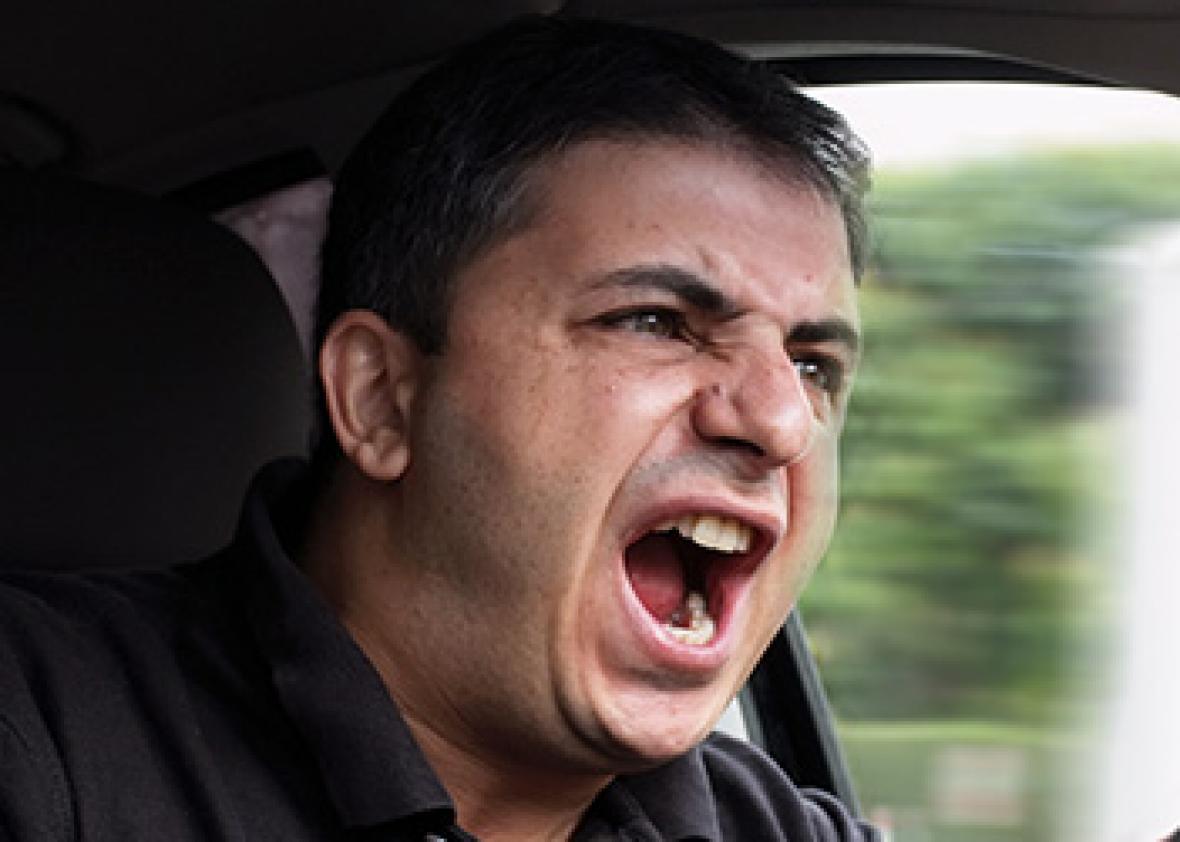This post originally appeared on Inc.
Not long ago, I had a scary experience in an Uber, and the scariest thing about it, in retrospect, was how ordinary it was. Shortly after picking me up for an early-morning trip to the airport, my driver casually informed me, by way of making conversation, that he’d been on the road for more than 19 hours, with only one 90-minute break around midnight for a meal and a catnap. He was pulling the extra-long shift, he said, in hopes of earning an incentive payment for drivers who complete a certain number of trips in a week. (In the Bay Area, 100 trips in a week yields a bonus of $350; 120 trips is worth $500.) It was his last day to hit the target before the counter reset.
The guy was tired. Yawning repeatedly, he was having trouble following the directions on his phone screen and a couple times had to swerve at the last moment to avoid missing a highway interchange. I made it my goal to keep him talking all the way to the airport. Fortunately, as he dropped me off, he told me he’d decided this would be his last fare, even though he hadn’t hit the bonus target yet. He was too exhausted to keep going.
I had known that Uber’s payment structure encouraged drivers to strive for quantity—in addition to the incentives for trip totals, the company also guarantees $2,000 in earnings to new drivers who spend at least 60 hours a week on the road—but this was my first time seeing how that translated directly to fatigued people roaming the highways when they should be in bed.
The timing of my encounter was plenty ironic: Just a few days earlier, Uber had announced a campaign, in partnership with the Huffington Post and Toyota, to “end drowsy driving.” “[D]on’t let your loved ones get behind the wheel when they are tired,” Uber CEO Travis Kalanick and Arianna Huffington said in a joint announcement. “Pull out a smartphone and call them a ride.” (Huffington, author of a new book on sleep, recently joined Uber’s board of directors.)
Uber says it keeps tabs on dangerous driving using GPS and accelerometer data from smartphones and is working on building out its ability to flag unsafe driving in progress rather than merely investigating after the fact. In theory, this kind of system should let the company know if a sleepy driver is making sudden swerves, like mine was. But once a driver is tired enough to detect this way, he’s already past the point where he’s endangering the lives of his passengers and anyone else on the road.
There’s a lower-tech way to prevent this situation: capping the number of consecutive hours drivers can work and mandating rest periods in between shifts. Lyft, Uber’s major competitor in the on-demand rides industry, already does this: For every 14 hours a driver spends active in the app, he or she must take a six-hour break. That’s the minimum; in some jurisdictions, including Chicago, Washington, D.C., and Seattle, the stricter rules governing taxi drivers’ hours apply.
In February, Uber agreed to abide by a regulation in New York City limiting taxi and limousine drivers to 12-hour shifts. Nationally, however, the company enforces no such limit. An Uber spokeswoman says the company prefers a technological solution for two reasons. First, more than half of its drivers drive less than 10 hours a week; shift limits would do nothing to make them safer. Second, many drivers drive for multiple services, and can thus get around the limit by simply closing one app and firing up the other. (Both are valid points, although there’s no reason ride-sharing services couldn’t pool their data to prevent this behavior.)
But while Uber defends doing less than it could to discourage tired driving, it actively encourages drivers to pull extra-long shifts with its various incentive structures. (Lyft offers some similar incentives.)
Again and again in the past few years, Uber has been hit with lawsuits accusing the company of cheating its drivers by classifying them as independent contractors, denying them the benefits of W-2 employees. Uber’s response is always the same: What drivers value above all is the flexibility of being able to set their own schedules.
In practice, however, Uber does what it can to discourage them from taking advantage of that flexibility. Uber needs its supply of drivers to meet or exceed the demand of riders, so it pushes them to spend 60-plus hours on the job every week and pays them extra to drive at peak hours. Ultimately, the drivers who benefit from that “flexibility” are paying for it in the form of much-reduced earnings.
As long as Uber drivers are human beings—and that probably won’t be the case too much longer—some of them will get behind the wheel when they shouldn’t. No amount of technology or policy can prevent that. But for Uber to be publicly campaigning against drowsy driving while tacitly promoting it within its fleet is a potentially lethal form of hypocrisy.
See also: This Startup Will Be Your HR Department—and Give You a Park Avenue Address
